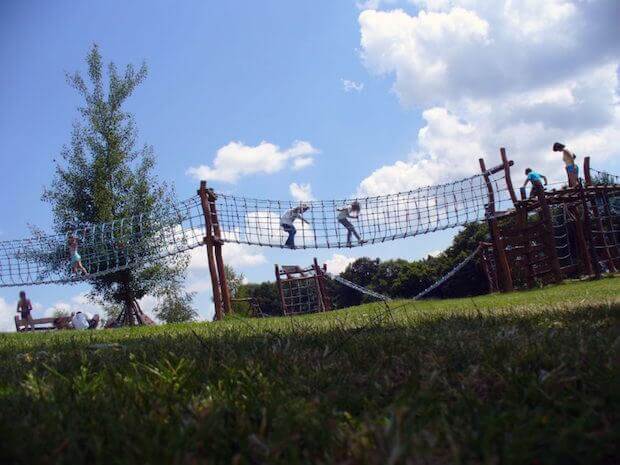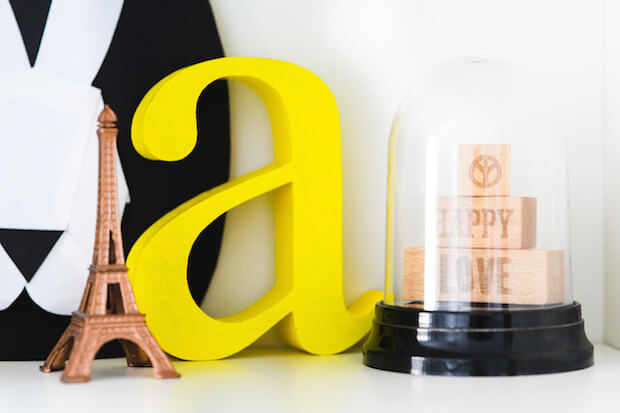
Growing up bilingual has a great deal of benefits (check out our article on 3 incredible advantages of raising bilingual kids). And the positive aspects of knowing two languages far surpasses all the challenges parents might think there are with raising bilingual kids. So here we’ll give 5 great tips you can use to raise kids bilingually.
1. If you speak a second language, try not to speak anything else with your kids
If either parent is fluent in a second language, it’d be best if that parent speaks solely that language with the kids. This is called a “one parent, one language approach.” The earlier you start this, the better. Your child will associate the second language with that one parent.
As they grow up, be keen on getting your kids to communicate with you only in the second language. If necessary, pretend you simply don’t understand the dominant language your kids may want to use. This will be especially important once they start school.
The Huffington Post has a great article listing other approaches used in terms of who should speak what (linked to above).
2. Read bilingual books, or translate books as you read
If you are able to get a hold of bilingual children’s books, this will make it easier for you to read to your kids in a second language. If not, and if you are able to, translate books for your kids as you are reading them out loud. You can always do this with simple books that have basic vocabulary. This will not only increase the child’s second language vocabulary, it will also reinforce the fact that the one parent always communicates in the second language.
3. Watch cartoons with kids speaking a second language
Netflix has a great variety of cartoons that offer a multiple of audio language choices. There are also kids’ movies in many languages. You can even find cartoons and kids’ shows in several languages on YouTube. Cartoons and TV shows allow bilingual children to hear different tones and accents, and even different expressions in the second language they are learning. Their vocabulary and comprehension will also be greatly enhanced by hearing different characters play out stories in the kids’ second language.
4. Have extended family and friends get involved to raise bilingual kids
If you have family or friends who speak the second language you want your kids to learn, make them aware of your plan. Every time you all get together, use the opportunity for your kids to hear others speak their second language. And, if others can also be consistent in only speaking the second language when they see the kids, it’ll be even better! The more exposure kids get of the second language, the more they’ll pick it up.
Above all, be consistent and don’t give up! Children who naturally switch from one language to another are a wonder to watch. And it will be a huge reward for parents who stick to a plan with an end in sight. So if you are thinking of raising bilingual kids, give these tips a try!
Plus, see these related posts about language development on our blog!
- Why get a French Immersion tutor?
- The pros and cons of French Immersion programs and how French Immersion tutoring can help
- Why get an ESL tutor?
- Top 10 ESL Tutoring Tools For Students in British Columbia
- Why kids should learn how to code (coding is language!)
- Learning spelling and grammar in the age of “spell-check”




